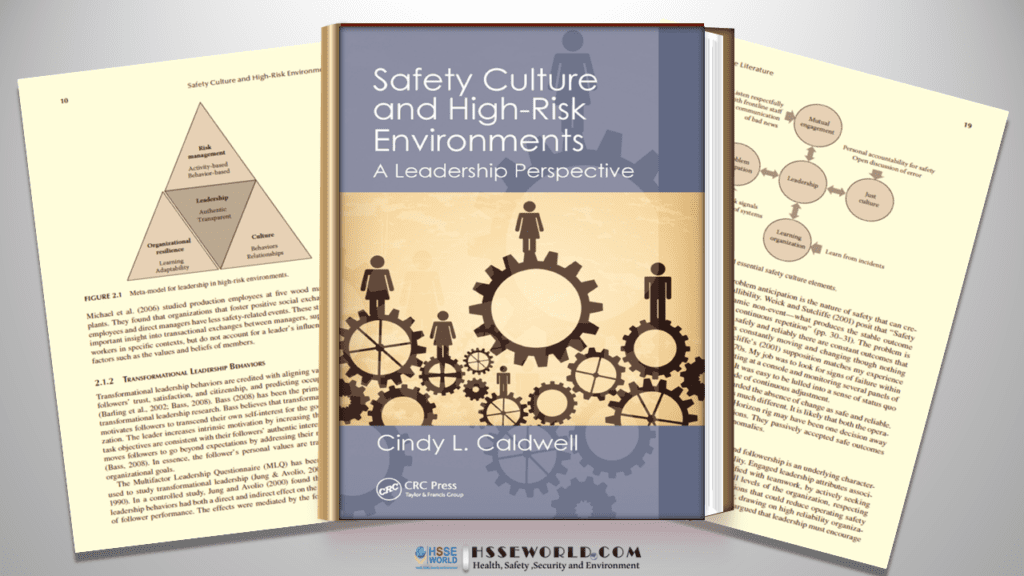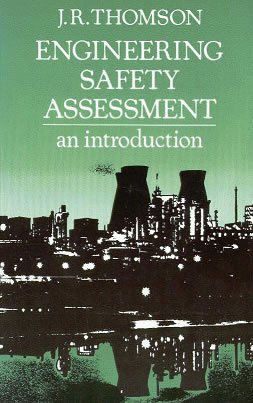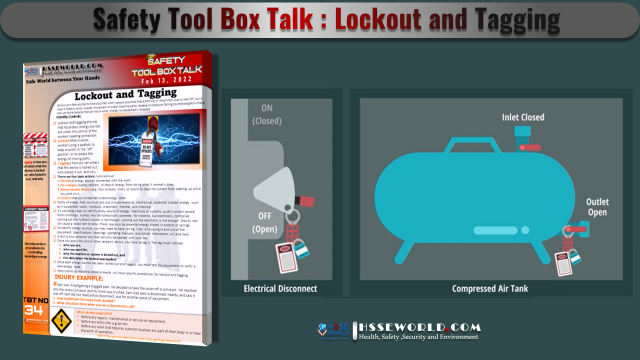Safety Culture and High-Risk Environments A Leadership Perspective by Cindy L. Caldwell. This book is written for the leader who manages the risks of hazardous processes. It reflects the role of authentic leadership in influencing safety culture and organizational resilience to failure and provides a practical guide for leaders to assess, monitor, and improve their culture and capacity for resilience. The general principles and tools are applicable to all high-risk domains from banking to healthcare to nuclear power.
Understanding Organizational Factors in High-Risk Environments
Historically, accidents within an organization have been explained in terms of technology and human factors without taking into consideration the organization’s values, beliefs, and behaviors. These cultural dimensions can also create limitations in organizational systems. In certain sectors, such as nuclear power and petrochemical industries, the complexity of the organization–technology interface introduces unforeseen interactions among system components that have resulted
in catastrophic accidents.

High-risk industries such as the nuclear power industry became interested in culture in the early 1980s. The International Nuclear Safety Advisory Group (INSAG) first coined the term safety culture when referring to the failure at the Chernobyl Nuclear Power station (Sorensen, 2002). INSAG (1991) acknowledged that after a certain point in the maturation of safety systems, technology alone cannot achieve further improvements in safety; instead, organizational and cultural factors become more important.
How to Develop a Safety Culture?

1.1 SIMPLE TO COMPLEX
The early evolution of the management of safety-related programs in the United States began with a compliance-based inspection focus brought on by the Occupational Safety and Health Act (OSHA) in the 1970s. As a result, procedures, training, and tools were established and continuously improved to increase awareness, reduce risk, and ensure compliance. Although OSHA and its enforcement powers had a positive effect on safety in the United States, reducing fatalities and disabling injuries by more than 50%, there was limited attention to long-term performance or continuous improvement.
Enhancing performance & health and safety culture
Contents
The content of the Safety Culture and High-Risk Environments
- Section I
- Chapter 1 Understanding Organizational Factors in High-Risk Environments
- Chapter 2 Review of the Literature
- Human Fatigue Risk Management
- Organizational Culture, Safety Culture, and Safety Climate
- Chapter 3 Case Study Exploring Leadership, Work Team Engagement, and Safety Performance in a High-Risk Work Environment
- Lean Safety Transforming Your Safety Culture with Lean Management
- Section II
- Occupational Ergonomics A Practical Approach
- Chapter 4 Creating the Capacity for Organizational Resilience
- Chapter 5 Toolkit for Assessing and Monitoring Leadership and Safety Culture
- Example Assessment of Leadership and Safety Culture at a Chemical Facility
Download the book
E-Books: Safety Culture and High-Risk Environments
Photo of the day: 5 Essential outcomes of an effective leadership survey process
More Downloads
- E-Books: Healthcare Hazard Control & Safety Management
- E-Books: Safety, Health and Working Conditions Training Manual
- E-Books: Energy Efficiency in Water and Wastewater Facilities
- E-Books: Fire Service Features of Buildings and Fire Protection Systems
- E-Books: Evaluation of Fire Safety free download
- E-Books: PPE for Chemical, Biological, and Radiological Hazards free
- E-Books: Changing the Workplace Safety Culture free download
- E-Books: Site Emergency Planning Workbook
- E-Books: Load Restraint Guide
- E-Books: Essential Practices for Creating, Strengthening, and Sustaining Process Safety Culture
- E-Books: System Safety Engineering and Risk Assessment
- E-Books: Permit-Required Confined Spaces
- E-Books: Is it Safe to Enter Confined Space?
- E-Books: 5-Minute Workplace Safety Talks
- E-Books: Safety Culture and High-Risk Environments
- E-Books: Practical Guide to Industrial Safety
- E-Books: Slip, Trip, and Fall Prevention for Healthcare Workers
- E-Books: Health and Safety at Work Key Terms
- E-Books: Fundamentals of Process Safety Engineering
- E-Books: Gas Detection Hand Book
- E-Books: Occupational health and safety management systems ANSI-AIHA-z10-2012
- E-Books: Hot Work on Drums and Tanks
- E-Books: Human Fatigue Risk Management
- E-Books: Guidelines for the provision of facilities and general safety in the construction industry
- E-Books: Handbook of Training in Mine Rescue and Recovery Operations ( 2021)
- E-Books: Code of Practice for the Safe Use of Lifting Equipment – Edition 9 (Nov 2019)
- E-Books: Free Forklift Health and Safety Best Practices Guideline
- E-Books: Handbook of Hazardous Chemical Properties
- E-Books: Human Performance Improvement through Human Error Prevention
- E-Books: Principles Of Fire Risk Assessment In Buildings
- E-Books: Investigation of Occupational Accidents and Diseases
- E-Books: Radiation Protection and Safety in Industrial Radiography
- E-Books: Basic Guide to System Safety, Third Edition
- E-Books: Food Safety Management-A Practical Guide for the Food Industry
- E-Books: Safety identification: Escape and evacuation plan signs- ISO 23601
- E-Books: Safety at Work
- E-Books: The Safety-Critical Systems Handbook 4th edition
- E-Books: Fundamental principles of occupational health and safety
- E-Books: Fire Safety Risk assessment Guide – Sleeping Accommodation
- E-Books: Mental health at work series
- E-Books: Live Fire Training: Principles and Practice
- E-Books: Pre-Startup Safety Review Guide
- E-Books: Fire and Emergency Drill Manual and Building Inspection Guide
- E-Books: Health and Safety: Risk Management 5th edition
- E-Books: Fire Protection systems -Third edition 2021
- E-Books: Fire Safety Logbook templates
- E-Books: From Accidents to Zero
- E-Books: Electric Safety Practice and Standards
- Your steps to chemical safety
- E-Books: Ergonomics and Psychology Developments in Theory and Practice
- E-Books: HAZOPS Should BE fun-The Stream-Based HAZOP
- E-Books: Safety Health and Environmental Auditing
- E-Books: A Quick Guide to Health and Safety
- E-Books: Occupational Ergonomics A Practical Approach
- E-Books: Job Hazard Analysis A Guide for Voluntary Compliance and Beyond
- E-Books: Electrical Safety of Low Voltage Systems




